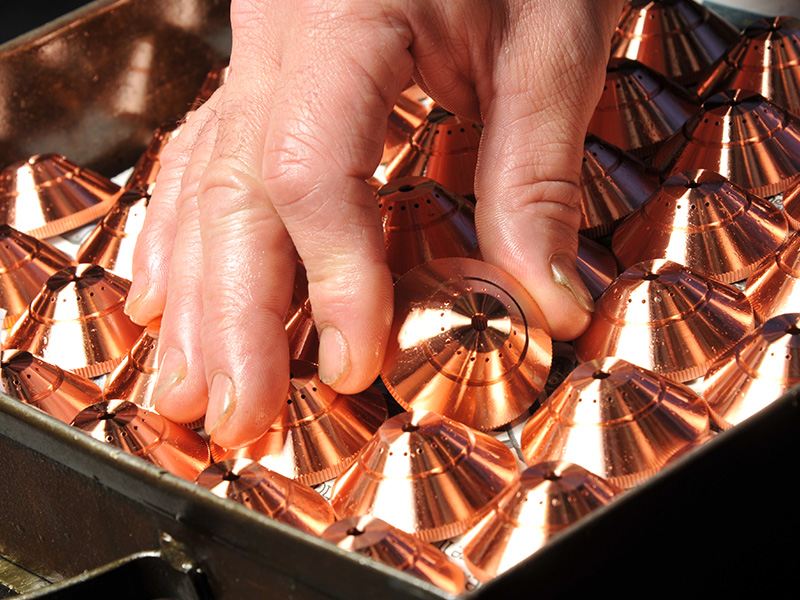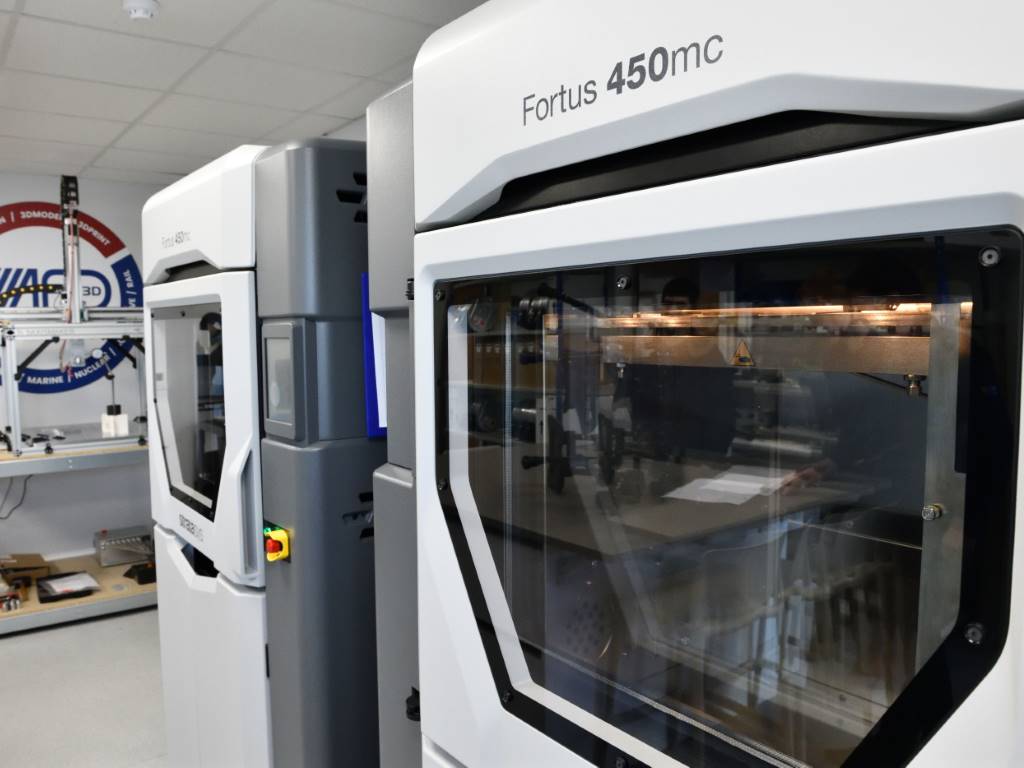Forming cold hard facts for components

In this article cold-forming expert Dawson Shanahan outlines the modern-day benefits of the process that can trace its roots back to the nineteenth century.
Manufacturers live or die by quality, cost and delivery performance, and they face relentless pressure to improve their products across all three. At the component level, that requires companies to simultaneously improve multiple – and sometimes competing – aspects of their designs.
Part complexity tends to rise, tolerances shrink, and surface-finish requirements become ever more stringent. And companies need the ability to produce those parts rapidly, at the lowest possible cost and with the minimum of waste.
The search for manufacturing techniques capable of fulfilling those diverse requirements is leading to a resurgence in interest in a long-established method. Cold-forming is the process of shaping metals at high speed and high pressure into tool dies. It originated as a method for producing fasteners during the nineteenth century and is still widely regarded only as a means of making simple, high volume parts. It has traditionally been associated with manufacturing large quantities of simple components such as screws and bolts.
Cold-forming technology has evolved significantly in recent years however, thanks to advances in toolmaking technologies, improvements in material quality and a deeper understanding of process performance. Today, cold-forming is capable of delivering complex, precision-engineered parts at high speed. As a further benefit, cold-forming generates up to 80% less scrap than alternative subtractive manufacturing processes such as CNC machining. It is ideal for industries such as automotive, aerospace, and alternative energy, in fact, anywhere where high integrity parts are required, and reliability is critical.
Applying pressure
In cold-forming for single-piece manufacture, a simple blank, which has been sawn or cropped from a round bar or wire, is placed within a cold-forming press and squeezed between a punch and die at pressures of up to 600 tonnes. The force exerted on the material exceeds its yield strength and the blank flows plastically to precisely fill the space between the pair of tools.

Several different methods are used in cold-forming, including forward extrusion, backward extrusion and free flow. Specialist providers of cold-forming services can help companies determine the best approach for any particular application, as well as offering advice on material selection and geometry optimisation to get the best out of the process.
Cold-forming produces parts with to a high degree of accuracy and a good surface finish. The process can consistently produce parts to an accuracy of a few microns. It can also produce precise complex internal and external geometries that can reduce or eliminate the requirement for secondary machining or finishing operations, cutting part cycle times and optimising costs.
Cold-formed parts are also strong and lightweight. In the forming process, the material flows along its grain boundaries, producing a structure with superior mechanical characteristics compared to fully machined parts. In addition, cold forming has a work-hardening effect, which further improves part durability and machinability. Cold-formed parts can be up to 18% stronger than fully machined counterparts.
Cost cutting simplicity
Because cold-forming can create complex geometries in a single operation, cold-formed parts can eliminate welding, brazing or soldering operations. Producing parts in a single piece saves cost, speeds up production and improves accuracy, while also eliminating the structural weakness and opportunities for quality problems that such joining processes introduce. Replacing a welded assembly of several parts with a single cold-formed component can reduce overall part cost by as much as 70%.
Cold-forming dramatically reduces waste. Unlike subtractive machining processes it allows nearly all the raw material to be incorporated into the finished part. High material utilisation cuts cost significantly, especially where high-value materials are used in the process. It also eliminates the costly and complex processes normally required when companies seek to recover and recycle machining swarf.

With no need to apply heat, and with material shaping occurring in a single action, cold-forming processes are extremely fast. That allows for short cycle times, critical in high-volume production applications. And once a company owns the appropriate tools, production set-up is also quick and easy. This simplifies inventory management and product support, since replacement parts can be manufactured in any required volume to short lead times.
However, not every part is suitable for cold-forming. There are some limits to the distance material can flow inside a tool, for example, and the geometry must allow the finished part to be separated from the tool after manufacture. Even where these criteria cannot be met, however, it is often possible to capture many of the benefits of the process by combining cold-forming with secondary machining operations to produce the final part. Working that way can produce stronger parts with less costly, time-consuming machining and less waste material.
Dawson Shanahan is a global specialist in cold-forming and machining of high precision, customer specified copper, aluminium, ferrous and assembled components.
The company offers solutions ranging from prototypes to production, designed and manufactured in-house. Its products meet the demands of a wide range of sectors including aerospace, automotive, electronics, laser, medical, packaging, plasma, power distribution, telecoms and welding, with over 80% of business going for export.
Dawson Shanahan www.dawson-shanahan.co.uk











